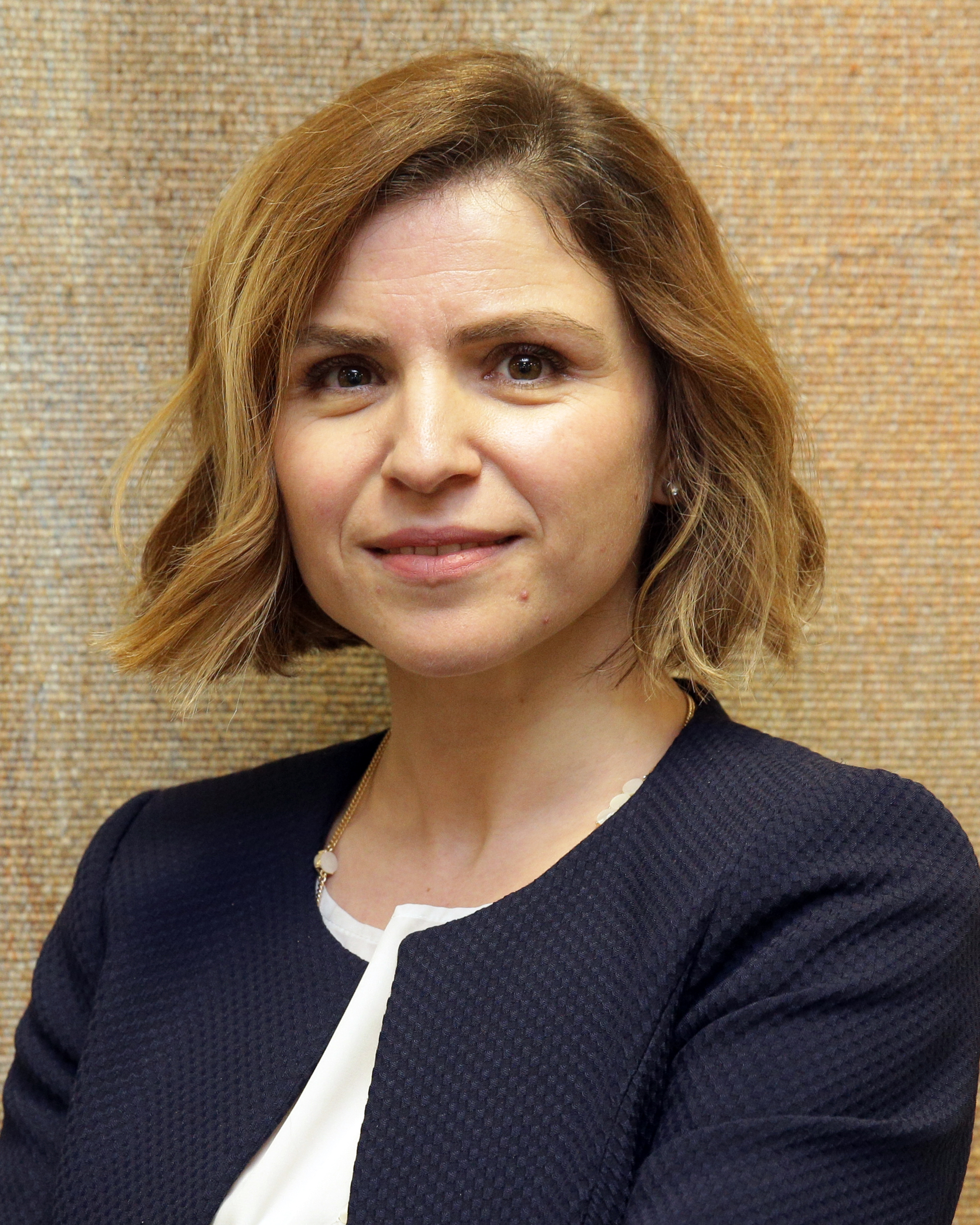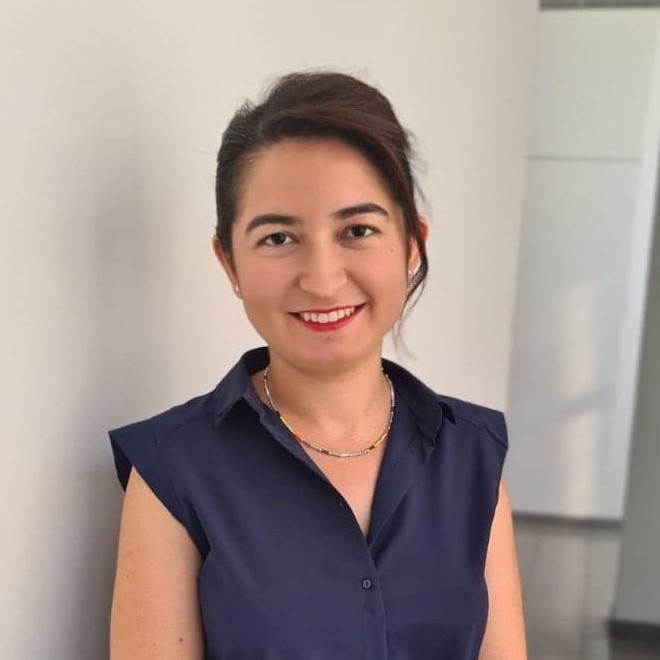Tissue Engineering—Regeneration of the Pulpodentin Complex and Periradicular Tissues
(PO76) The Antibacterial and Cytotoxic Properties of Bioactive Glass and Double Antibiotic-Loaded Hydrogels in Regenerative Endodontic Treatment

Hacer Aksel, DDS, PhD
Resident
University at Buffalo
University at Buffalo, School of Dental Medicine
Buffalo, New York, United States
Meltem Kucuk, D.D.S., Ph.D.
Visiting Scholar
University at Buffalo
Buffalo, New York, United States
Hacer Aksel, DDS, PhD
Resident
University at Buffalo
University at Buffalo, School of Dental Medicine
Buffalo, New York, United States
Presenter(s)
Co-Author(s)
Submitter(s)
This study aimed to evaluate the antibacterial and cytotoxic properties of Gelatin Methacryloyl Hydrogel (GelMA), which contains a double antibiotic paste (DAP) and bioactive glass (BG). The study assessed the impact of GelMA with DAP and BG on the vitality of dental pulp stem cells (DPSC) using an ATP assay for up to 21 days. The study also evaluated the direct antibacterial effects of GelMA, which contained different concentrations of DAP (1 and 5 mg/ml) and BG (1% and 10%), against Enterococcus faecalis by counting colony-forming units (CFU) after 24 hours. Statistical analyses were performed using one-way ANOVA tests. GelMA containing 5DAP (5 mg/ml) and 10BG (10%) significantly reduced the vitality of DPSCs in comparison to 1BG (1%), 1DAP (1 mg/ml), GelMA alone, and the control group (DPSCs alone) (p < .05). Among the experimental groups, 5DAP, followed by 10BG, resulted in the lowest vitality at all time periods, while 1BG and 1DAP showed the highest vitality. In terms of the antibacterial effect, GelMA loaded with 10BG showed significant antibacterial action compared to 1BG and GelMA alone (p < .05), while 1BG, 1DAP, and 5DAP did not show a significant difference from GelMA alone and the positive control group (p > .05). The study findings showed that GelMA containing 1% BG improved cell vitality with minimal antibacterial effects, while 10% BG enhanced antibacterial activity against E. faecalis.

.jpg)
.jpg)
.jpg)